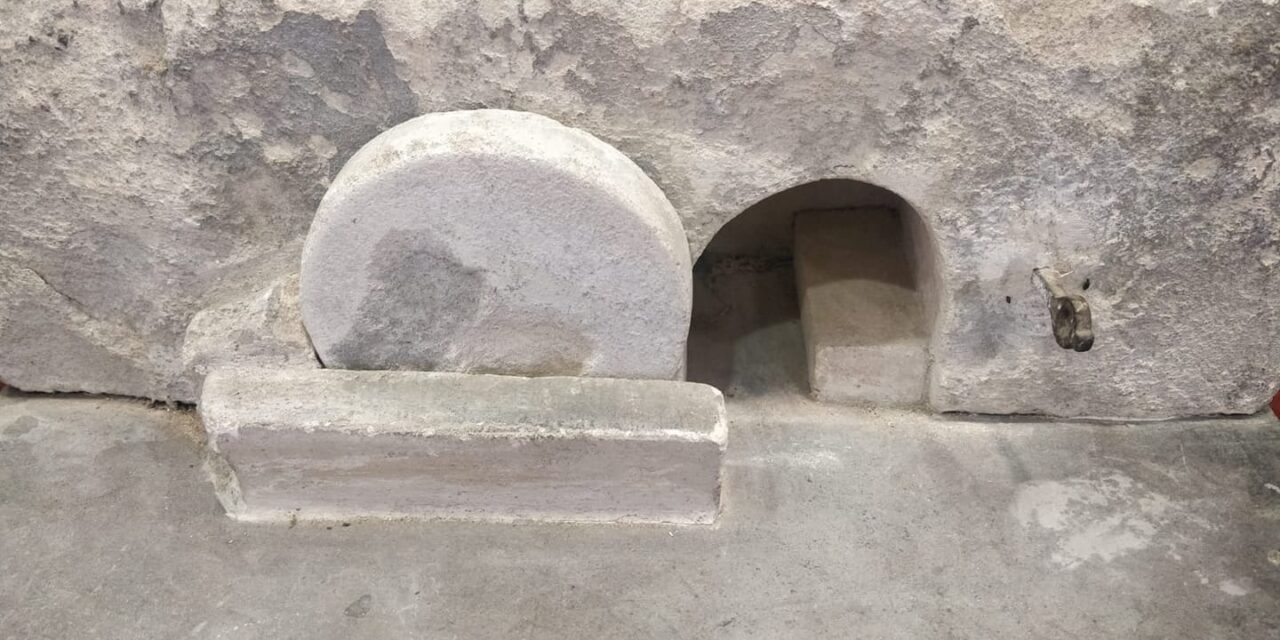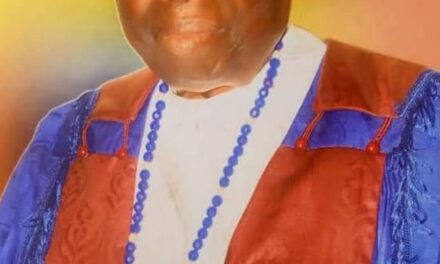At the moment, the curtain of the temple was torn in two from top to bottom. The earth shook, the rocks split, and the tombs broke open. The bodies of many holy people who had died were raised to life (Matt 27:51-52).
The resurrection of Jesus Christ is one of the central truths of the Gospel, the Good News of forgiveness and eternal life through Jesus Christ (1 Cor 15:1-8). Apart from resurrection, Christ’s followers would have no hope, and our faith in God and testimony about Jesus Christ would be useless (1 Cor 15:12-19). Jesus’s enemies recognised the potential effect that the message of His resurrection could have, so they went to great lengths to prevent His followers from being able to spread such a message (Matt 27: 62-67). But they could not stop a miracle and still, to date, trying to suppress and redefine the message of resurrection (Matt 28:11-15). Jesus’ resurrection proves He is the Son of God (Jn 10: 17-18, Rom 1:4). Jesus’ resurrection guarantees the practical result of His death for our sins, that it certainly did provide the means of forgiveness and a restored relationship with God (Rom 6:4). Jesus’ resurrection verifies the truth of God’s Word (Ps 16:10, Lk 24: 44-47). Jesus’ resurrection is proof of future judgement on the wicked (Act 17:30-31). Jesus’ resurrection is the foundation for His gift of the Holy Spirit and renewed spiritual life to His people and His current ministry in heaven as the intercessor for all who rely on Him (Heb 7: 23-28). Jesus’ resurrection assures His followers of our future inheritance in heaven and our resurrection when the Lord returns (1Pet 1:3-4).
A reflection and study of the events from Christ’s arrest to His death by crucifixion to resurrection should not just be rewarding. It should be renewing and redeeming from every error and foolishness of the Gospel to those who are perishing. The order of Jesus’ crucifixion includes His arrest, trials conducted by Anna and Caiaphas, the high priest, Peter’s denial of knowing Jesus, and Jesus’ condemnation by Sanhedrin. Judas’ betrayal sent Jesus to the Roman governor, Pilate, for a civil trial (Mk 14: 43-52, Lk 22:47-53, Matt 27:2, 11-14). Pilate sends Jesus to the Jewish ruler, Herod, who sends Jesus back to Oilate for a final verdict. Jesus is mocked and ridiculed as a king, after which he is beaten and then led away to be crucified (Matt 27:31). Jesus carried His cross (part-way) through the city to the hill of Golgotha (Matt 27:32-34; Matt 15:20-23).
At the final stage of the sufferings surrounding Jesus’ death and sacrifice for our sins, He cries out in a loud voice, “It is finished” (Jn 19:30). These final words mark the end of Jesus’ sufferings and the completion of His mission to pay the ultimate price for our sin and restore our opportunity for a personal relationship with God. The tearing of the “veil of the temple” signifies that a way was now open into the presence of God. The curtain separating the Holy Place from the Most Holy Place represented sinful humanity’s separation from a holy God. Access was restricted to all except the high priest and only under strict conditions at the appointed time. Jesus filled the role of the ultimate high priest with full access to God the Father (Heb 4: 14-15). All the Synoptics say essentially the same thing here: “the curtain of the temple was torn in two, from top to bottom” – Matthew 27:51; “the curtain of the temple was torn in two, from top to bottom” – Mark 15:38; “the curtain of the temple was torn in two” – Luke 23:45
In both a spiritual and literal sense, God removed the barrier between men and God. At the same time, the curtain was torn in two, earthquakes shook the ground, and large rocks broke apart. It must have felt like the earth itself was responding to the death of Jesus. Jesus opened permanent access to God for all those who surrender their lives to Him (Heb 9:1-14, 10:19-22). Jesus’ death and resurrection guarantee the bodily resurrection of His followers who have passed from this life by the time He returns. Jesus’ resurrection marked the defeat of death, sickness, and yokes (1 Cor 15:50-58, 1Thess 4:14).
The resurrection earthquake beyond the means to open the graves remains an independent miracle. The earthquake was the instantaneous result of Christ’s shout of victory from the cross. Moreover, like the earthquake, it occurred in response to that shout. The moment Christ died, the graves opened, and the rocks split. While we prepare and wait for Jesus’ return, Jesus’ words abide and are effectual. Situations that amount to rocks and graves still open and split at the mention of the name of Jesus. Beloved, arise and command every grave over your life, family, church, nations, and destiny to be open and every rock suppressing the spread of the Gospel to be split in Jesus’ name. Remember, “His incomparably great power for us who believe is the same as the mighty strength he exerted when he raised Christ from the dead and seated him at his right hand in the heavenly realms” (Eph 1:19-20).











Recent Comments